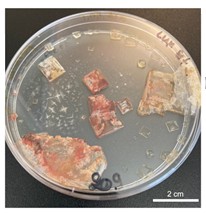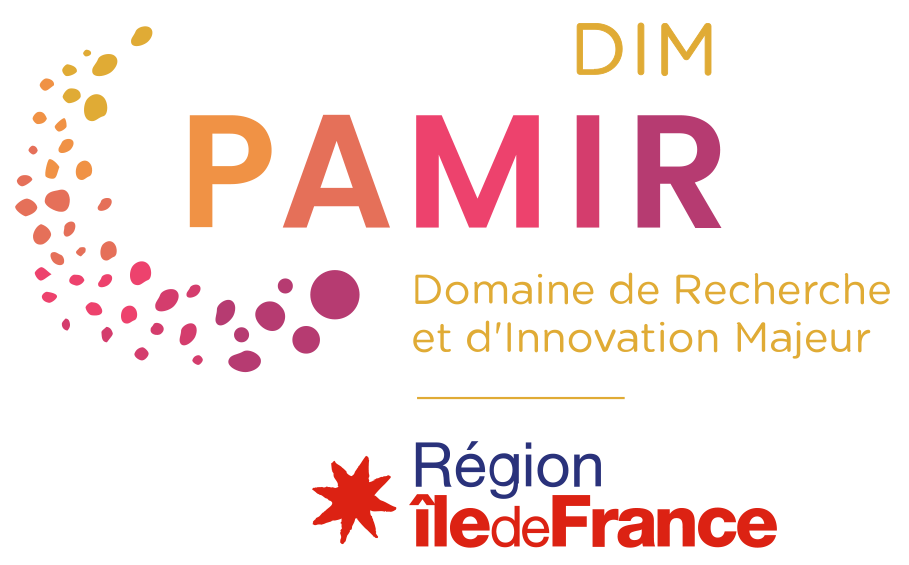
HALOSAL
Lipid adaptation of microorganism Halobacterium salinarum in extreme salinity conditions: implications for long-term survival
Scientific responsibility :
- Arnaud Huguet
- Adrienne Kish
Methodological axes :
Thematic fields :
Disciplinary sectors :
Funding :
- DIM PAMIR
Project ID : IDF-DIM-PAMIR-2023-10-005
Summary :
The survival of microorganisms in extreme environments, as is the case for archaea living in hypersaline ecosystems, requires the establishment of specific cellular and molecular adaptive mechanisms. Thus, the archaea Halobacterium salinarum can tolerate salt concentrations ranging from 170g/L until saturation and complete evaporation in aquatic systems, allowing it to survive within halite (NaCl) crystals. Within these crystals, microorganisms like H. salinarum can remain viable over periods that can cover geological time (up to several hundred millions of years). Adaptations to high salinities may include changes in the lipid composition of the microbial membrane. The objective of the internship will be to study the lipid adaptation mechanism of Halobacterium salinarum during the formation of halite crystals, which will provide key information on the survival of microorganisms and their preservation potential over long periods of time. To this aim, we will compare the lipid composition of Halobacterium salinarum under several conditions: (i) just before complete evaporation of salts and the formation of halite; (ii) after training halites (within fluid inclusions); (iii) in the presence or absence of glycerol, a key molecule which plays the role of osmoprotector and which helps microbial cells to survive in extreme salinity conditions. The archaeal cultures and the preparation of halite crystals will be carried out within the UMR MCAM before the internship. The intern will then extract the lipids using organic solvents within UMR METIS. He/she will also be in charge of the analysis of these lipids by gas/liquid chromatography coupled with mass spectrometry and of the interpretation of the corresponding results.
Intern: Emelyne Joreau

